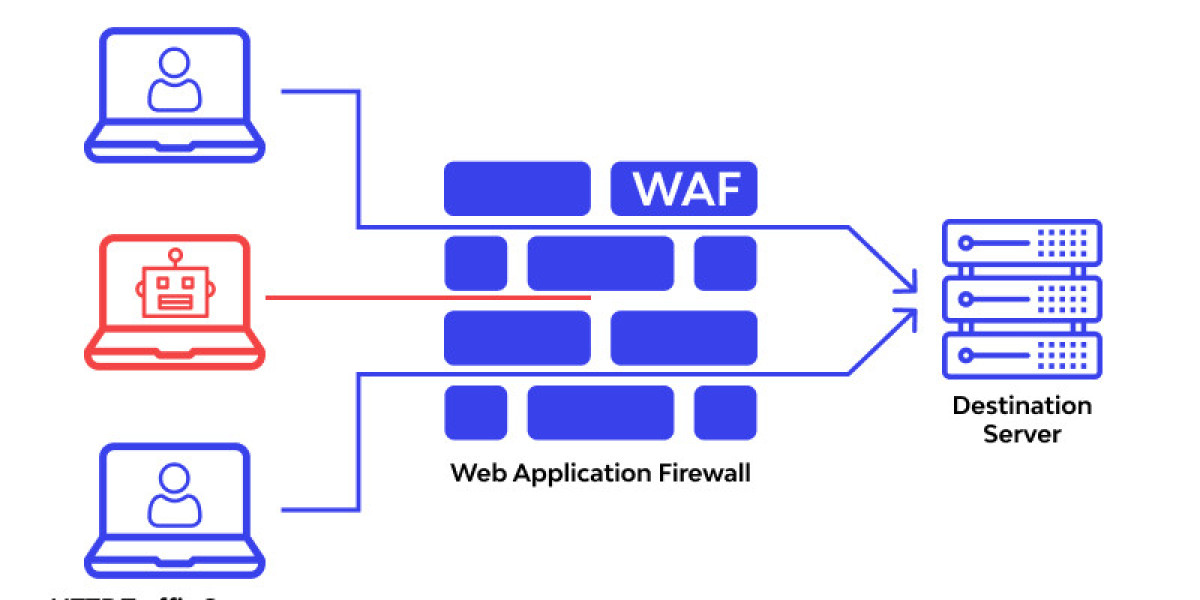A Compound Annual Growth Rate (CAGR) of 10.58% for a mature cybersecurity market like Web Application Firewalls signifies a period of strong, steady, and fundamentally driven expansion. A detailed deconstruction of the Web Application Firewall Market CAGR of 10.58% reveals that this growth is not based on fleeting trends but is underpinned by the technology's critical and expanding role in the modern security stack. The sustainability of this growth is rooted in the continuous and ever-evolving nature of the threat landscape. New application-layer vulnerabilities are discovered constantly, and attackers are always developing new techniques to bypass existing defenses. This creates a perpetual need for WAF vendors to continuously update their threat intelligence, improve their detection algorithms, and release new security features. The Web Application Firewall market size is projected to grow USD 20 Billion by 2035, exhibiting a CAGR of 10.58% during the forecast period 2025 - 2035. This ongoing arms race between attackers and defenders ensures that WAFs are not a one-time purchase but a service that requires continuous investment in subscriptions and updates, providing a solid foundation for the market's sustained double-digit growth.
The durability of this CAGR is also strongly supported by the profound architectural shift towards cloud computing and cloud-native applications. As businesses migrate their applications from on-premise data centers to public cloud environments (like AWS, Azure, and GCP) and adopt modern development paradigms like containers and serverless, the traditional model of deploying a hardware WAF appliance at the data center perimeter becomes obsolete. This has fueled explosive growth in the cloud-based WAF (or "WAF-as-a-Service") segment. Cloud WAFs are easier to deploy, infinitely scalable, and can protect applications regardless of where they are hosted. The ease of adoption and the flexible, operational expenditure (OpEx) based pricing model of cloud WAFs have made the technology accessible to a much broader range of organizations, including small and medium-sized enterprises (SMEs) that previously could not afford or manage a traditional WAF. This "democratization" of web application security is a massive tailwind for the market, significantly expanding its customer base and contributing heavily to the overall CAGR.
Furthermore, the 10.58% CAGR is underpinned by the convergence of WAF with other adjacent security technologies, leading to the creation of more comprehensive and higher-value platforms. The market is evolving from standalone WAF products to integrated Web Application and API Protection (WAAP) platforms. WAAP solutions combine traditional WAF capabilities with three other critical security functions: API security, bot management, and DDoS protection. As modern applications are increasingly built using APIs, and as automated bot attacks become more prevalent, the need for this integrated protection has become paramount. This convergence allows vendors to upsell and cross-sell a much broader and more valuable solution to their existing WAF customers. This strategic bundling of capabilities into a single, cohesive platform not only provides better security for the customer but also drives up the average revenue per user (ARPU) for vendors, providing a powerful and sustainable engine for the market's long-term financial growth.
Top Trending Reports -
UK Education Consulting Market
US Education Consulting Market
China Logistics Software Market








